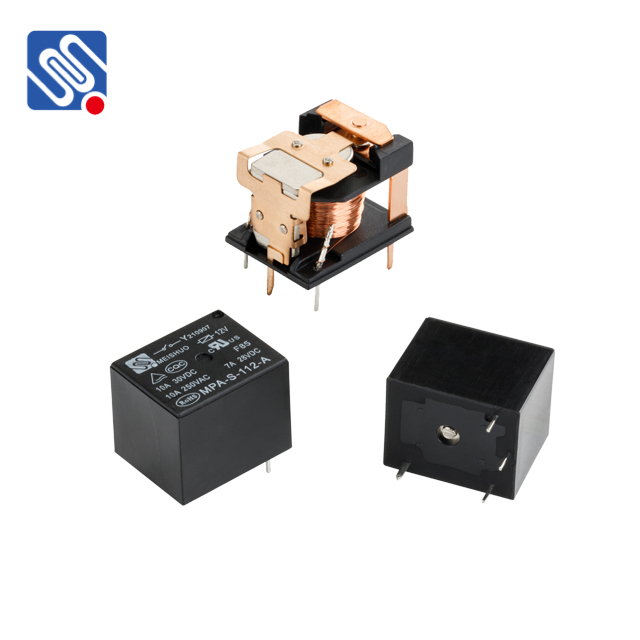A relay is an electromechanical device that allows one circuit to control another, typically used for switching larger electrical currents or voltages with a smaller control signal. The Relay datasheet is a crucial resource for engineers and designers, as it provides detailed specifications about the relay’s performance, construction, and capabilities. Understanding how to read a relay datasheet is essential to selecting the right relay for specific applications and ensuring that it operates efficiently within the desired parameters.

Key Components of a Relay Datasheet Basic Specifications The datasheet typically begins with the basic specifications of the relay, which includes key parameters such as the coil voltage, contact configuration, and maximum switching capacity. These elements define the relay’s fundamental operating limits. Coil Voltage: This refers to the voltage required to activate the relay. It can either be AC or DC, depending on the type of relay. For instance, a 12V DC coil voltage is common in automotive relays, while 220V AC might be seen in industrial control systems. Contact Configuration: Relays come with different types of contacts, such as normally open (NO), normally closed (NC), or changeover (COM). The datasheet specifies how these contacts are arranged and whether they are suitable for your application.